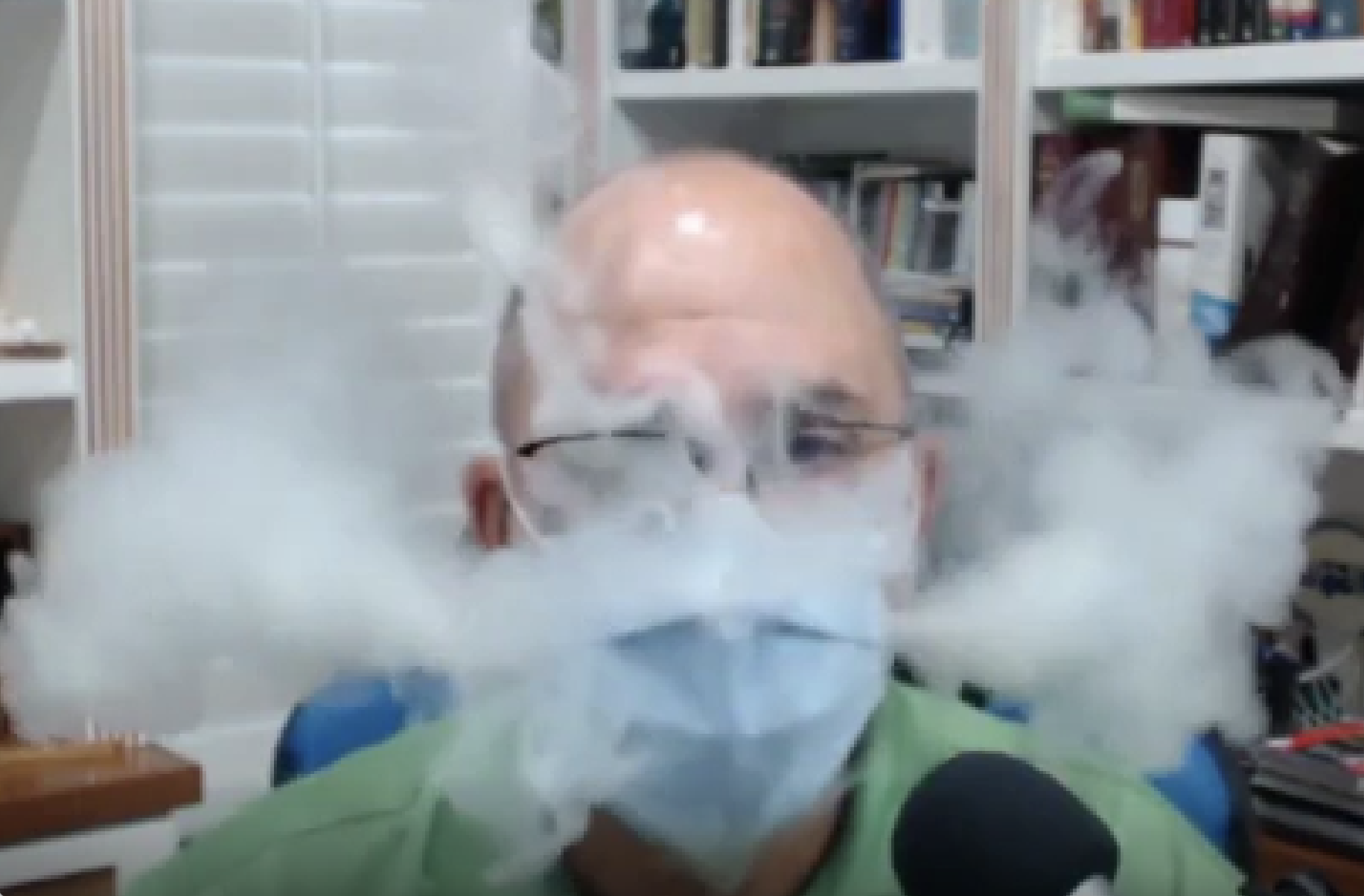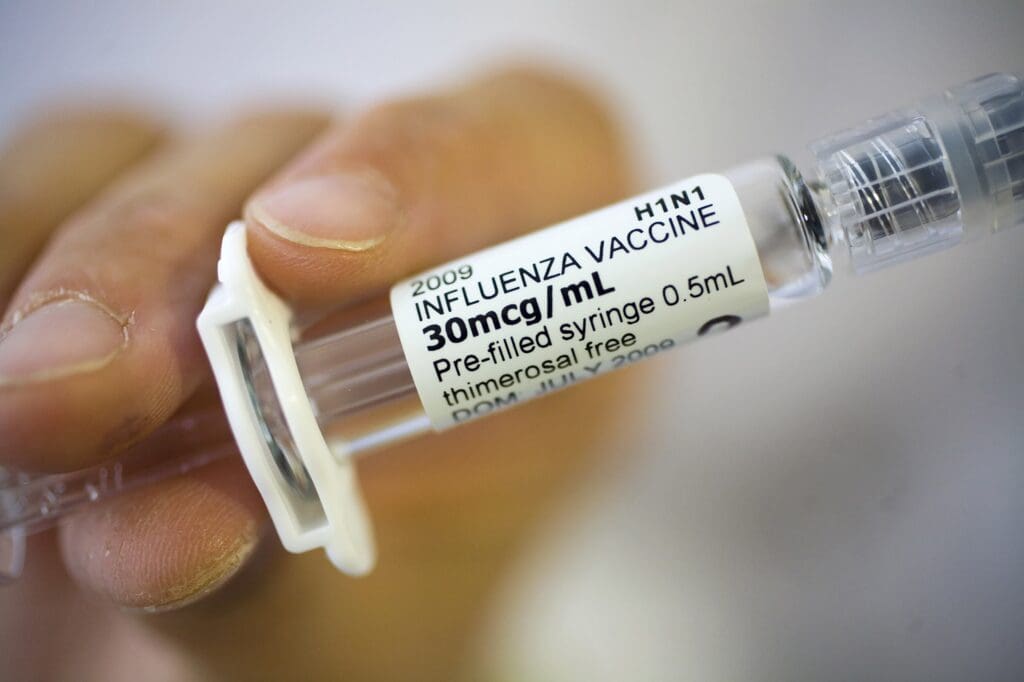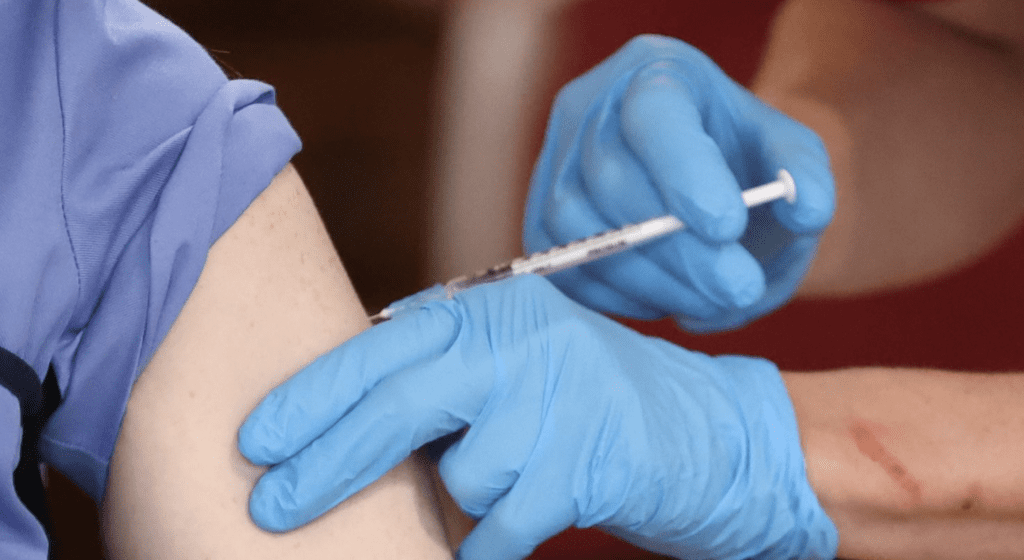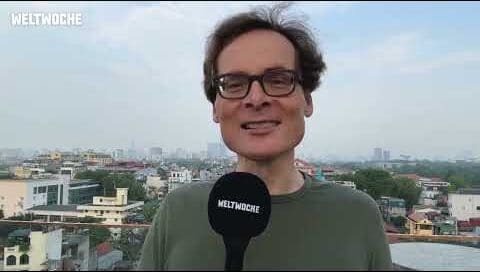

Robert Dingwall: We Need to Hold Advocates of Mask Mandates to Account
Robert Dingwall, a Professor at Nottingham Trent University and a leading sociologist, has written an excellent piece for Social Science Space criticising the imposition of mask mandates, given the paucity of evidence that masks interrupt transmission and the lack of any robust evaluation of the harms masks cause.
First, Professor Dingwall looks at the two main sources of evidence purporting to show that masks are effective.
One is studies at various scales of the impact of mask mandates on reported infection rates. These may compare cities, states, provinces or entire nations using time series data to look for inflections of rates that may be attributable to the mandates. A great deal of mathematical ingenuity has been expended in trying to control for the numerous confounders from biases in reporting, differences in diagnosis, leads and lags in public behaviour in response to the mandates, seasonal fluctuations, mobility – the list is almost endless. By the time these manipulations are complete, though, it is very difficult to conclude that there is any clear and obvious effect. Infection rates do not seem to vary much between comparable communities regardless of the NPIs that have been introduced. I have yet to see a study that identifies a clear and unequivocal benefit from a mask mandate in the form of an obvious inflection point attributable to the intervention. For all the reasons cited, this would be hard to find so perhaps we should not treat its absence as conclusive proof of a lack of benefit so much as something that is consistent with the RCT evidence that any benefit is likely to be minimal.
The other main source of evidence is laboratory studies of the properties of masks using techniques from physics and engineering. Some studies treat masks as a straightforward air filtration experiment. These are well-controlled and reproducible, but bear little resemblance to real-world conditions. The more sophisticated studies use mannikins to create a jet of air carrying inert particles into a controlled space, mimicking human exhalation. Masks can then be used to interrupt the air flow. The resulting measurements are the basis for computational models that provide more general descriptions of the spread of particles, which may be used to create video simulations. These studies are often elegant but suffer familiar problems in generalising to real-world environments. Within reason, the experimenter can manipulate the average velocity of the jet, the size of particles and the permeability of the mask in ways that aim to mimic breathing at different rates, coughing or sneezing. To get reliable measurements, including video or photographic evidence of the dispersion of the particles, the simulated exhalations must enter still air. Air, however, is never still in the real world. In any space there are thermal currents that are moving air around and dispersing exhalations in ways that are not captured, and probably cannot be captured, by the experimenter in a physically meaningful way. The efficacy of masks is also sensitive to the choice of particle size. If the experimenter favours droplets, larger particles, masks capture these quite well – but they also fall quickly to the ground and are unlikely to be inhaled by anyone at a normal social distance. If the experimenter favours aerosols, smaller particles, these are likely to pass through or around cloth masks, whose pore size is typically significantly larger than the aerosol particles. In which case the masks may filter a small proportion of the particles but probably let most through or around the edges. Where higher quality masks have been mandated, the community evidence runs into the same problems as before.
Having concluded that neither body of evidence is remotely persuasive, he then turns to the potential harms that masks do.
The precautionary principle also requires a proper evaluation of the potential harms. Few such studies have actually been done but relevant issues can readily be identified. Four are clearly important. First, they discriminate against a large group of people with communicative disabilities of speech and hearing, with neurodisabilities, such as autism or Aspergers, or with mental health issues, such as prior trauma from confinement as an abused child or as a survivor of sexual assault. Second, they discriminate against people who have medical consequences such as acute skin infections, eye infections or respiratory infections as a result of mask use. In the pre-pandemic world, such people could find workplaces where these issues were avoided but they cannot escape the mandates. Third, there is the impact on child development, particularly in relation to language and social interaction. The American Academy of Pediatrics claimed that there was no evidence for this, but there is a substantial body of research from psychology, education and linguistics establishing the importance of observing faces, particularly for small children. Fourth, and perhaps hardest to measure, there is the impact on community levels of fear and anxiety. This, indeed, has been the ultimate fall-back for committed advocates of masks – they may not have an impact on the transmission of the virus but they remind everyone that there is a pandemic going on and that they should be cautious every time they set foot outside their home – the safety of the home is assumed, of course. The consequence, of course, is that we are nudged towards regarding our fellow human beings as no more than potential vectors of infection. Everyone is guilty until proven innocent. The trust on which everyday life depends in modern societies is fatally compromised.
He concludes that mask mandates should never have been introduced, given the paucity of the evidence and the lack of research into potential harms.
If we do not think it is acceptable to have our lives ordered in ways that discriminate against large sections of the population, that impair the development of children, that damage the mental health of the nation and that make each of us fearful of the other, then it is time to hold the advocates of masking to account for the quality of evidence. It is simply too fragile to justify coercive measures, whether by the state or by private actors. Why has there been so little investment in RCTs? Why are mask advocates now arguing that RCTs would be unethical because the benefits are obvious, when they patently are not? It is more unethical to perpetuate a practice without evidence than to challenge one’s preconceptions. This is truly how science progresses and debate should be conducted.
Worth reading in full.








